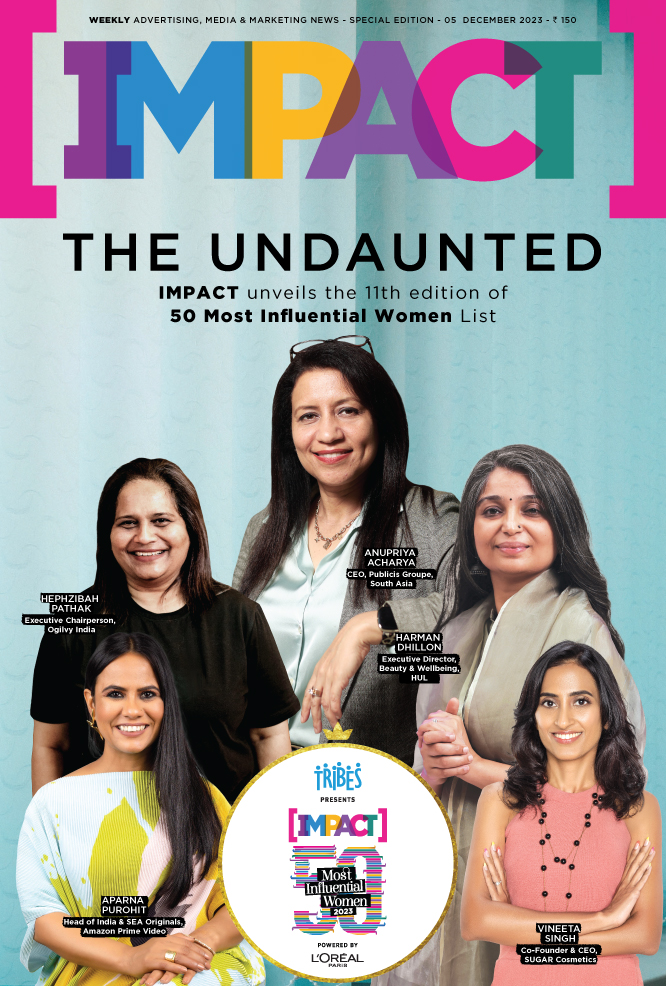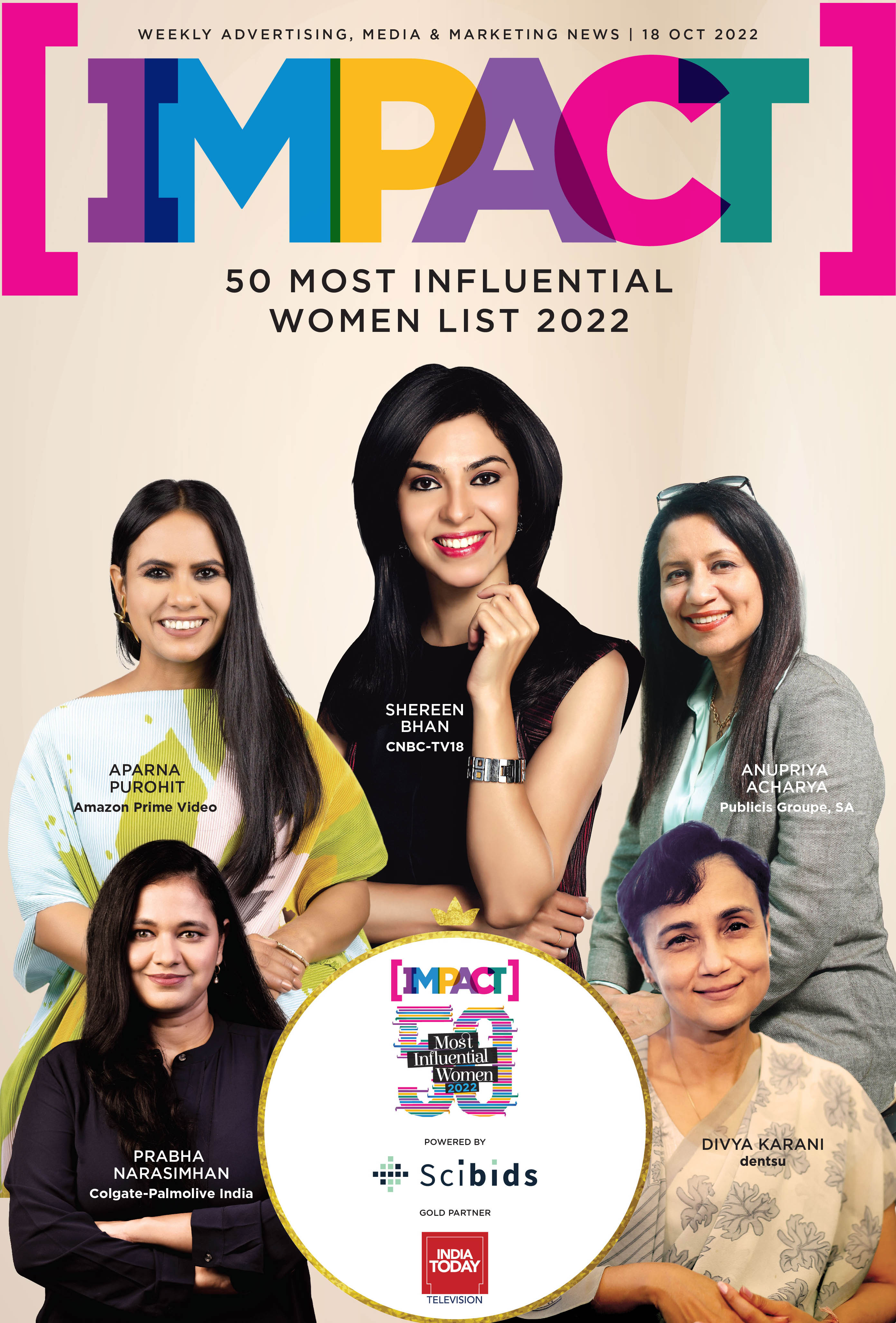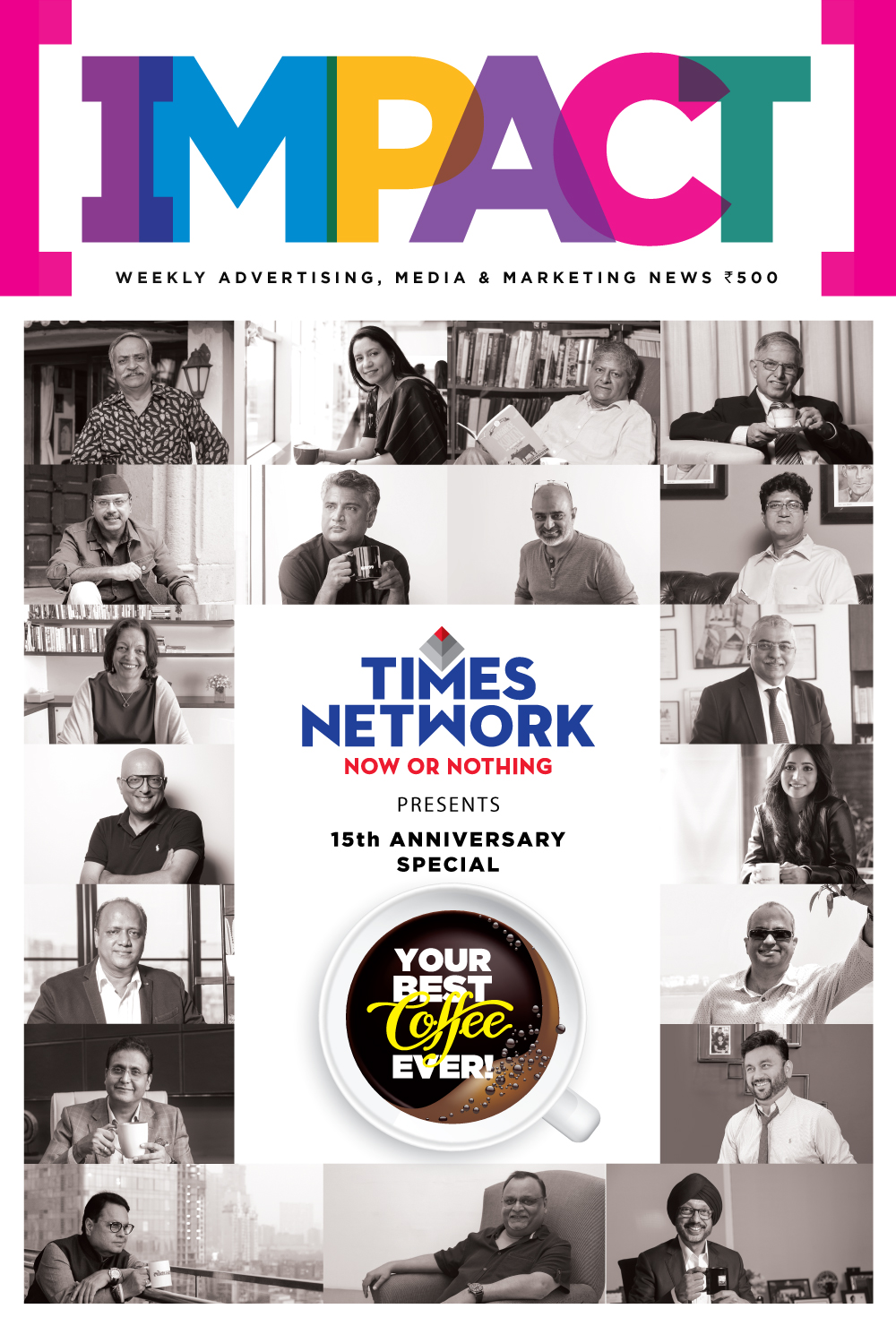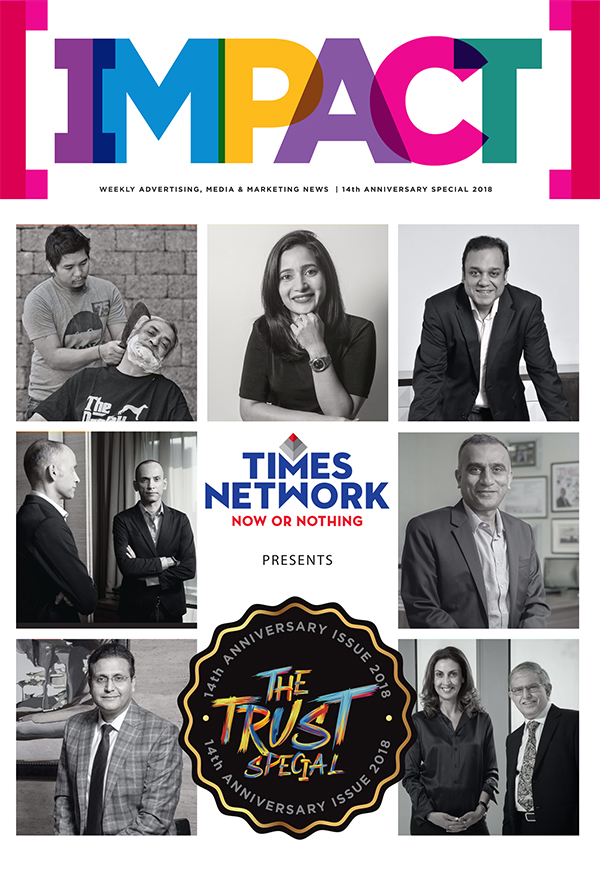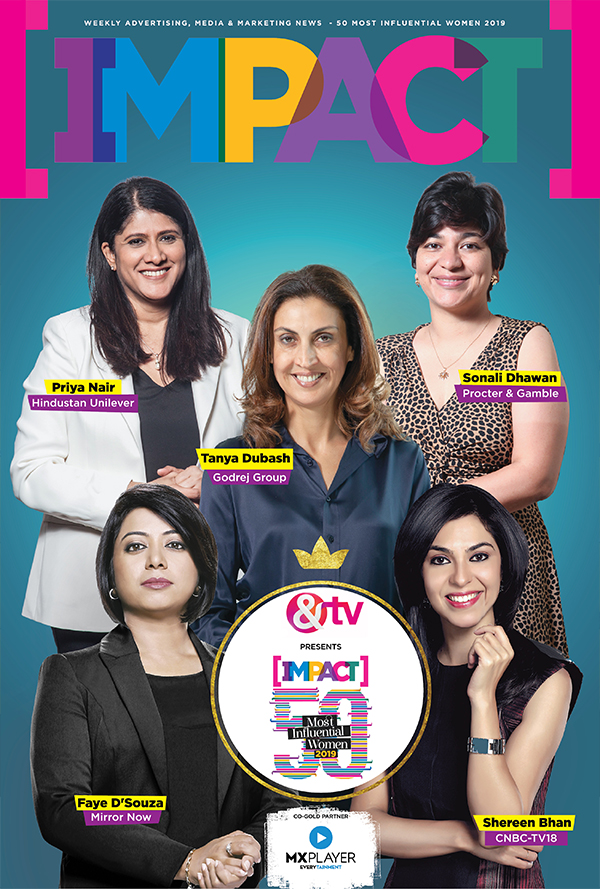For decades, the Indian menswear segment remained largely transactional, rooted in functionality, driven by occasion, and steered by traditional advertising. Today, however, the landscape is undergoing a decisive shift. Consumer expectations have matured. Purchase decisions are no longer governed solely by price, fit, or fashion. Instead, they are increasingly shaped by community, content, and context. This transformation is not accidental. It is a response to an emerging cohort of digitally native male consumers who seek more than just clothing; they seek connection, identity, and relevance.
Traditional marketing, with its focus on monologue-driven campaigns, is rapidly giving way to dialogue-first engagement models. The modern male consumer is no longer a passive recipient of brand messaging; he is an active participant in content, in conversations, and in commerce. Fashion labels are recognising that influence is no longer confined to celebrities or stylists. Today, everyday users, micro-influencers, and content creators command disproportionate attention because they bring authenticity to the forefront. A simple reel, a behind-the-scenes story, or a real-time product trial often drives more impact than polished campaigns. This evolution has shifted marketing goals from reach to resonance.
What sets successful brands apart today is not the breadth of their advertising, but the depth of their communities. Whether through curated digital forums, private messaging groups, or closed social media circles, brands are investing in creating intimate, high-trust spaces. These platforms allow for direct dialogue, candid feedback, and emotional affiliation all of which are proving to be more effective than traditional CRM strategies. This shift also reflects a broader trend in consumer psychology. Men are increasingly viewing fashion not just as aesthetic or utility, but as a tool of self-expression. Clothing is becoming a reflection of values, lifestyle choices, and social alignment. This has created an imperative for brands to align product and content not only with trends but with life moments from weekday essentials to weekend leisurewear, and from cultural occasions to personal milestones.
With community comes accountability. Social platforms now act as always-on feedback engines, offering real-time insights into consumer preferences, pain points, and aspirations. Leading marketers are treating this feedback loop not just as a support function but as a strategic input into everything from product design to campaign development. Increasingly, content is being shaped based on community behaviour that customers are responding to, commenting on, or sharing. In many cases, product drops, lookbooks, and even in-store experiences are informed by these signals, resulting in a stronger sense of co-ownership and loyalty.
The traditional loyalty model anchored in points, discounts, and transactional perks is being rapidly replaced by a more nuanced model of recognition. Consumers today respond better to exclusivity, access, and personalisation. Acknowledging a customer’s contribution to a product idea, sending early access invites, or simply engaging in meaningful conversation is far more effective in driving long-term brand equity. The shift is clear: loyalty is no longer about retaining customers; it’s about making them feel seen, heard, and valued.
For marketers in the menswear segment, the task ahead is not to chase virality but to build meaningful ecosystems. This requires rethinking traditional media spends, recalibrating content strategy, and re-aligning teams around a central insight that the consumer is no longer at the end of the value chain but embedded at every point within it. Not every format or platform will serve every brand equally. What matters is strategic clarity and cultural alignment. Whether it's a monthly drop revealed on a Telegram channel or a long-form styling session shared on YouTube, the objective must be to create content that informs, involves, and inspires.


















